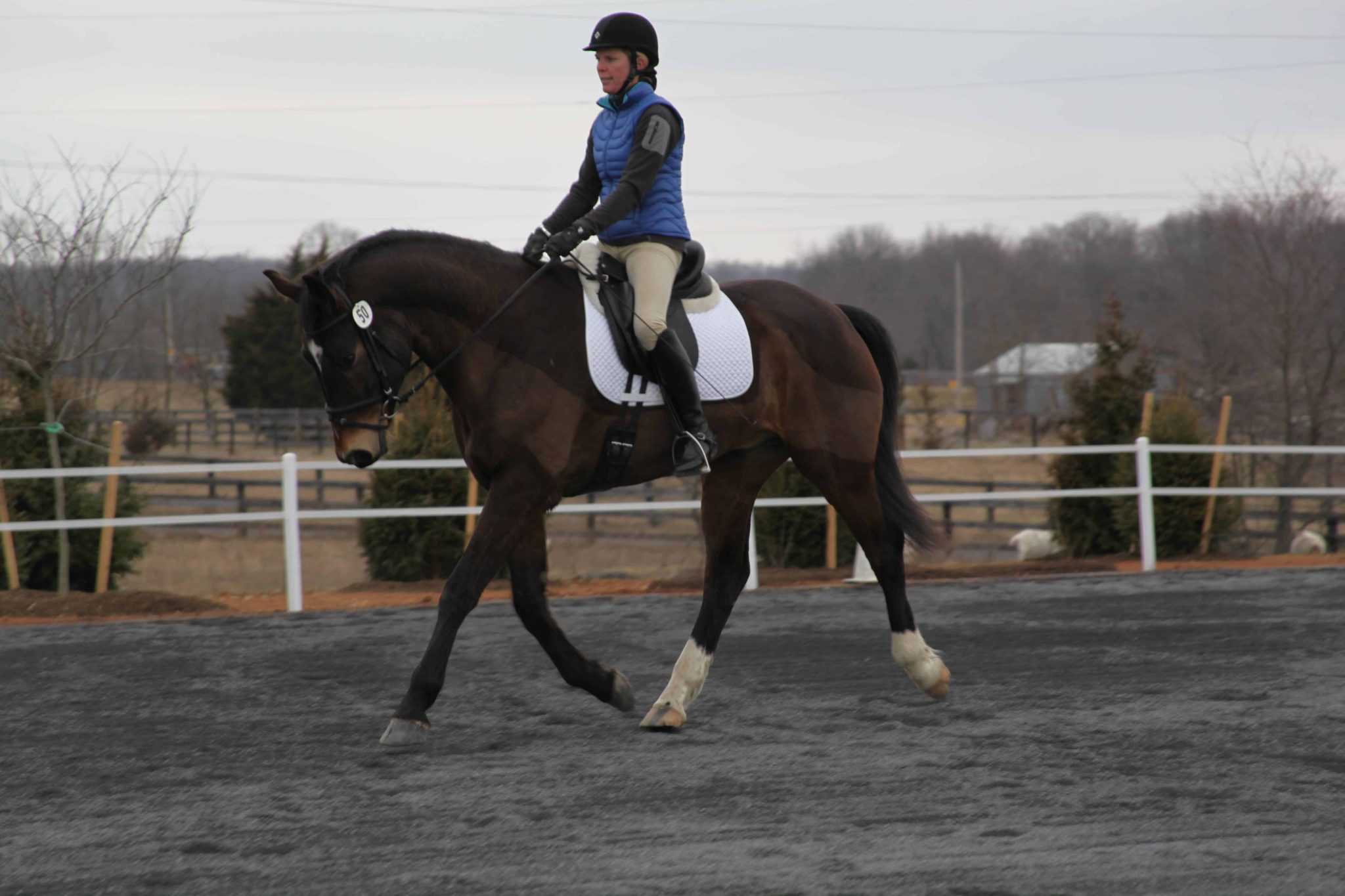

The concept of impulsion was briefly touched upon in my article on the Classical Training Pyramid. However, this vital building block of collection deserves a more in depth discussion.
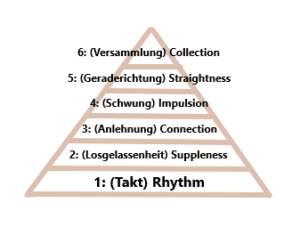
If you recall the classical training pyramid, impulsion — or schwung as it is referred to in the German classical tradition — falls on the fourth level of the pyramid. The levels preceding impulsion include rhythm, suppleness and connection. The two levels following impulsion are straightness and collection. As such, impulsion is actually a fairly advanced concept in the classical tradition.
Impulsion does not equal speed. Rather, it comes from thrust with the hind end. This is where you start to get real lift through the back. The hindquarters reach up under the horse to create thrust and impulsion which lifts the back and starts creating the swinging gait that is often associated with collection.
Prerequisites to Impulsion
Before you can even start attempting to achieve the impulsion necessary for true collection, you must first complete the three steps of the training pyramid below impulsion:
- rhythm (takt)
- suppleness (losgelassenheit)
- connection (anlehnung)
It is vital that you complete each step of the pyramid in order. This is not a system that I or anyone else just made up. This is a system that has been refined through generations of classical masters throughout Europe.
By the time you reach this step of the training pyramid, your horse should be:
- moving forward willingly
- maintaining a consistent gait and tempo
- maintaining proper bend
- staying soft in the rider’s hands
- consistently “on the bit”
If your horse fails to meet any of these criteria, it is time you back up a step or two and review the levels of the training pyramid to see where you may have missed a step.
Producing the Thrust Necessary for Impulsion
The very beginnings of thrust actually starts back in the first level of the pyramid with rhythm in one of the first lesson every horse should learn, tracking up. Tracking up is when the back hoof lands in or near the spot where the front hoof just left. Once the horse is tracking up and has progressed through the first three level of the training pyramid the real work for creating impulsion begins.
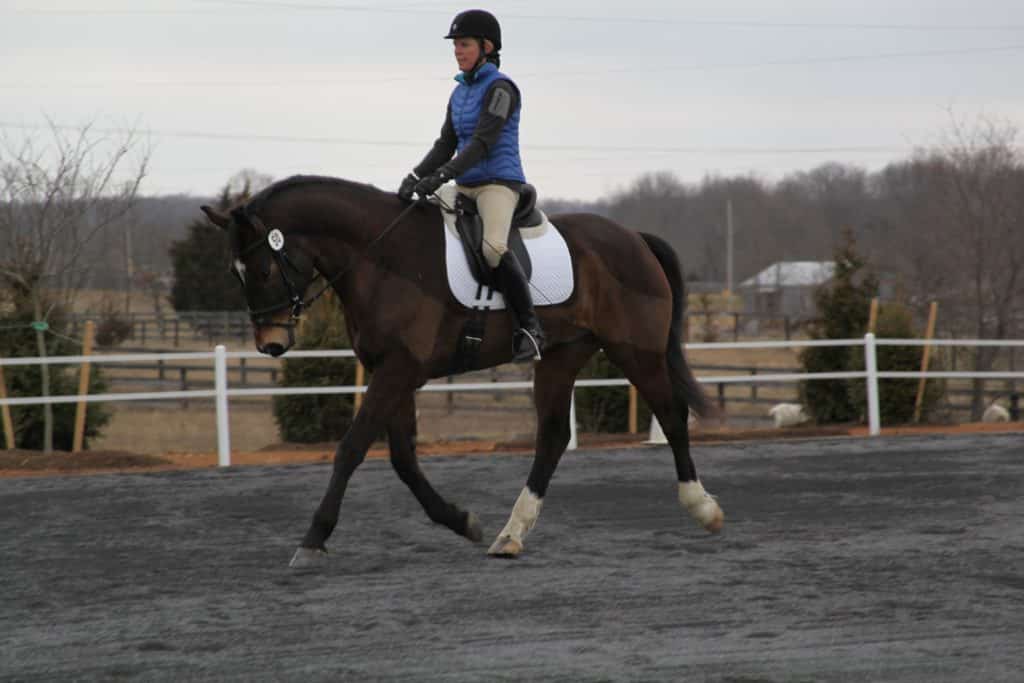
Walk Trot Transitions
1
Establish a forward walk. When you feel your horse slowing down and getting sluggish, ask for an upward transition. Use a very light leg aid first. If the light aid doesn’t work, apply a stronger aid and cluck if necessary.
2
Make sure you give the horse plenty of rein so you don’t accidentally bump him on the mouth.
3
Keep sessions shorts. Focus on quality, not quantity.
Keys to Success
1. Don’t nag your horse with your legs or whip
This will only make him dull to your cues and heavy in your hands. He will start falling on the forehand and getting lazy.
2. Mix things up
Keeps sessions short. Focus on quality, not quantity. Remember, horses have a short attention span. Learning happens in the release of pressure, not in the application of pressure. The moment he gets it right the first time, let him trot for a few nice strides, then bring him down in a nice controlled downward transition and then move on to something easier that he enjoys.
3. It’s about control, not speed
Lazy horses need snappier upward transitions and hotter horses need more controlled downward transitions. You need to find the balance that works best for you and your horse.






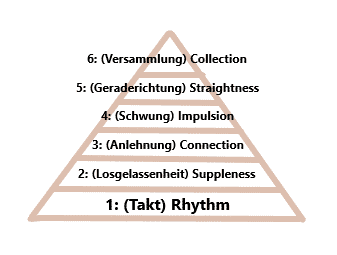
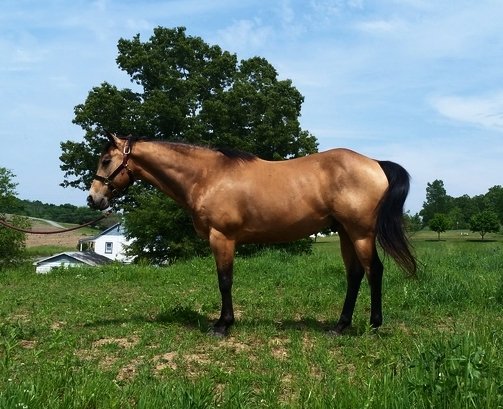
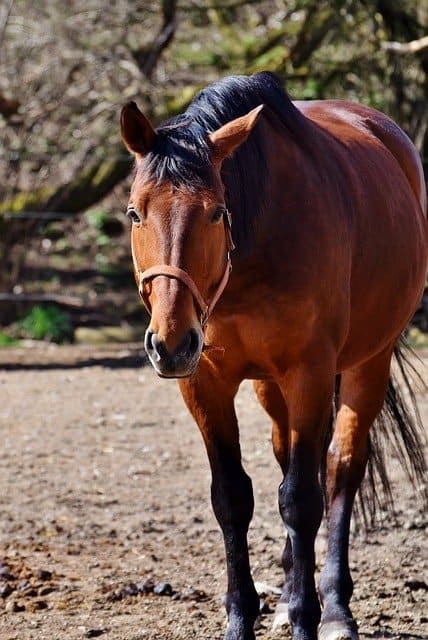
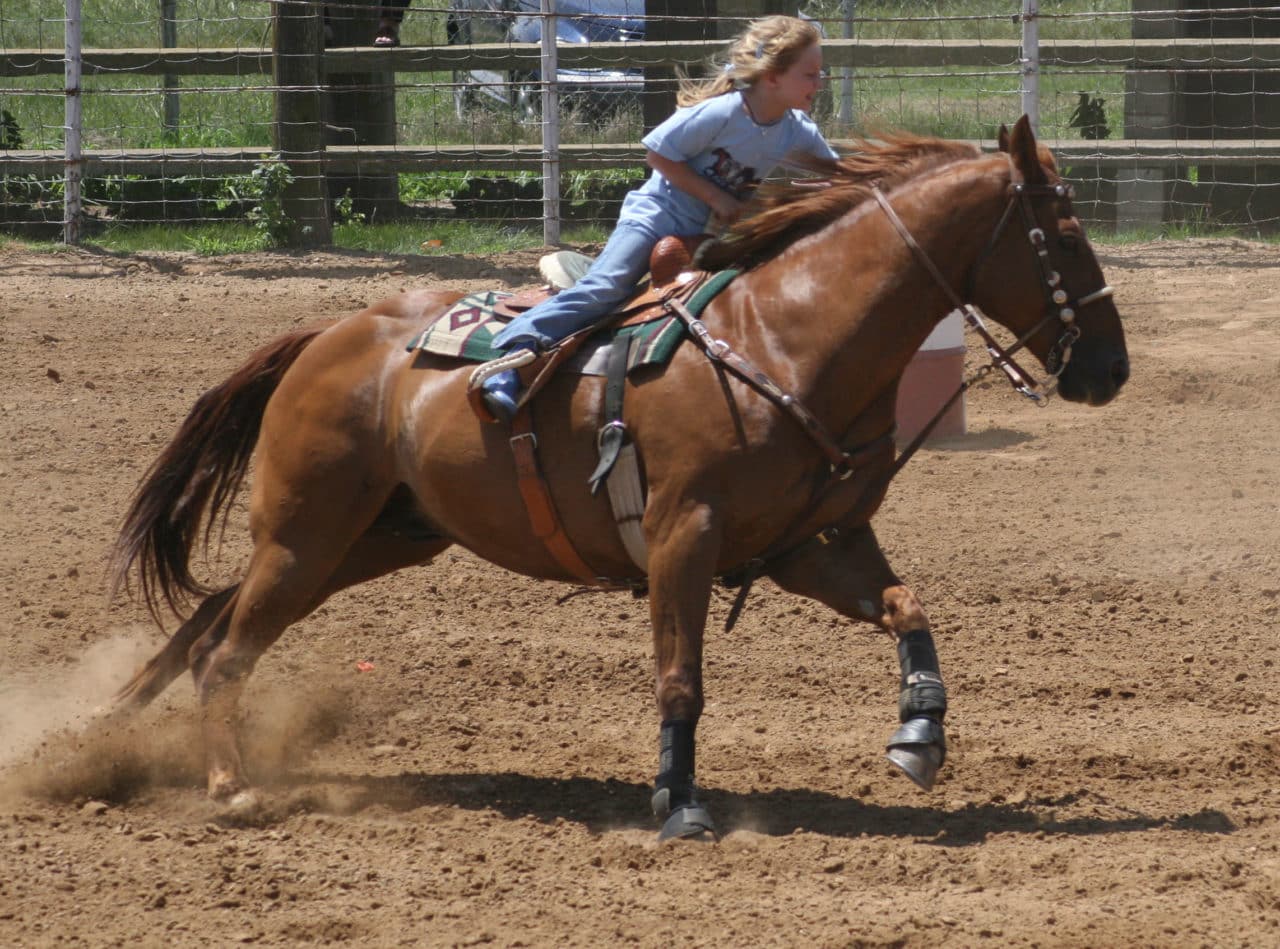
Thanks for another wonderful post. Where else could anybody get that type of info in such an ideal way of writing? scottsdalehorseshowlive.com/
I learn some new stuff from it too, thanks for sharing your information.